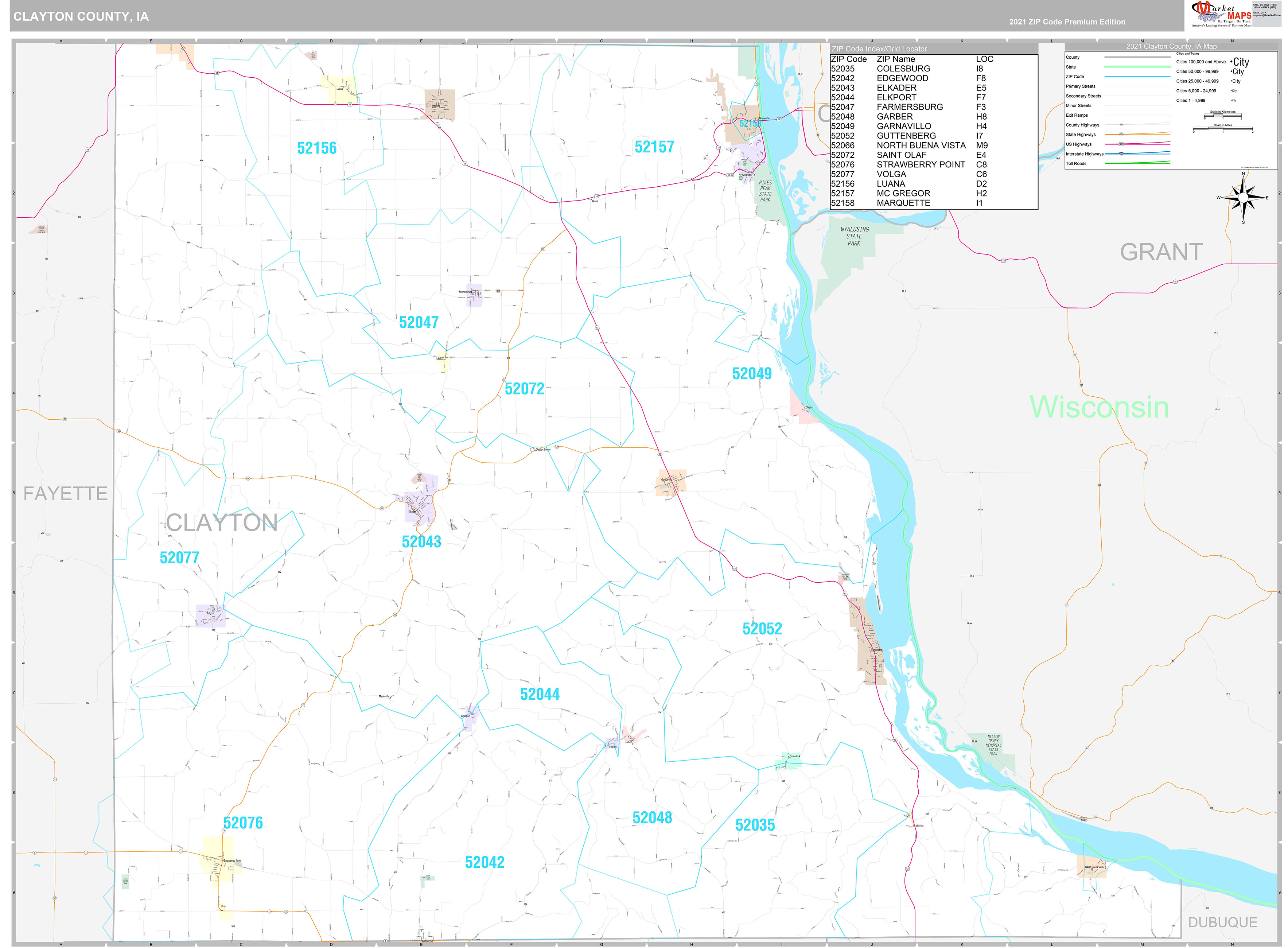

Tombstone Transcriptions in Print (Often more complete) Iowa, State Employees at MyHeritage - index & images ($)Ĭemeteries Cemeteries of Clayton County, Iowa online and in print.Clayton County, Iowa Biographies Project at RootsWeb - links to biographies and local historiesīusiness, Commerce, and Occupations.Online at: FamilySearch Digital Library Ancestry ($). Chicago, IL: Chapman Publishing Co., 1984. Containing biographical sketches of prominent and representative citizens of the counties. Portrait and Biographical Record of Dubuque, Jones and Clayton Counties, Iowa.To find more resources, go to the Iowa Bible Records page.

Listed below are resources for Bible records specific to Clayton County. History Timeline Resources Bible Records The following are the most historically and genealogically relevant populated places in this county: Cities
Clayton county iowa scenery registration#
* Statewide registration started for births in July 1880 and for deaths January 1891. Known Beginning Dates for Major County Records This information should be taken as a guide and should be verified by contacting the county and/or the state government agency. Information for this chart was taken from various sources, often containing conflicting dates. County Courthouse Ĭlayton County, Iowa Record Dates

Use caution when interpreting population changes that use different “postcensal” version estimates.
Clayton county iowa scenery update#
We will update this experience, including the 2010-2019 estimates, when the Bureau releases county-level 2010–2020 intercensal estimates by age, sex, race, and ethnicity. The most recent county-level data available by age, race, sex, and ethnicity are the Vintage 2020 Population Estimates () for 2010 to 2019 and the Vintage 2021 Population Estimates () for 20. These provisional estimates are “postcensal estimates,” and the final estimates are “intercensal estimates.” USAFacts used the final intercensal estimates for 1970 through 2009 and the provisional postcensal estimates for 2010 and after. Every decade, the Bureau reconciles these estimates and releases final data. The Census Bureau releases annual provisional population estimates based on the previous decennial census and other data on births, deaths, and migration/immigration. The “less than 1” and “1 to 4” groups for the 19 censuses were combined to create a consistent “0 to 4” group across all available data. Comparison pages include footnotes explaining that pre-2000 and post-2000 data comparisons will result in lower values for the separate race categories in proportion to the expected “two or more race” population.įor population by age, USAFacts grouped people ages 0–4 in different ways depending on the census. This category can’t be compared prior to 2000. These were the only categories included before 1990 for the available data.Īny comparison with the 1990 census to newer data will include the “white,” “Black,” and two categories added that year: “American Indian/Alaska Native” and “Asian or Pacific Islander.”ĭata from 2000 onward will also include the “Two or more race” category. To provide the most detail across all available data, USAFacts combined the census data on race and ethnicity into three groupings.Īny comparison of data from before 1990 only includes the “white,” “Black,” and “Other” race/ethnicity categories. But how the Census Bureau reported and grouped those populations changed over time. The Census Bureau’s Population Estimates Program data by county includes details like counts by age, race, or ethnicity and goes back for decades.


 0 kommentar(er)
0 kommentar(er)
